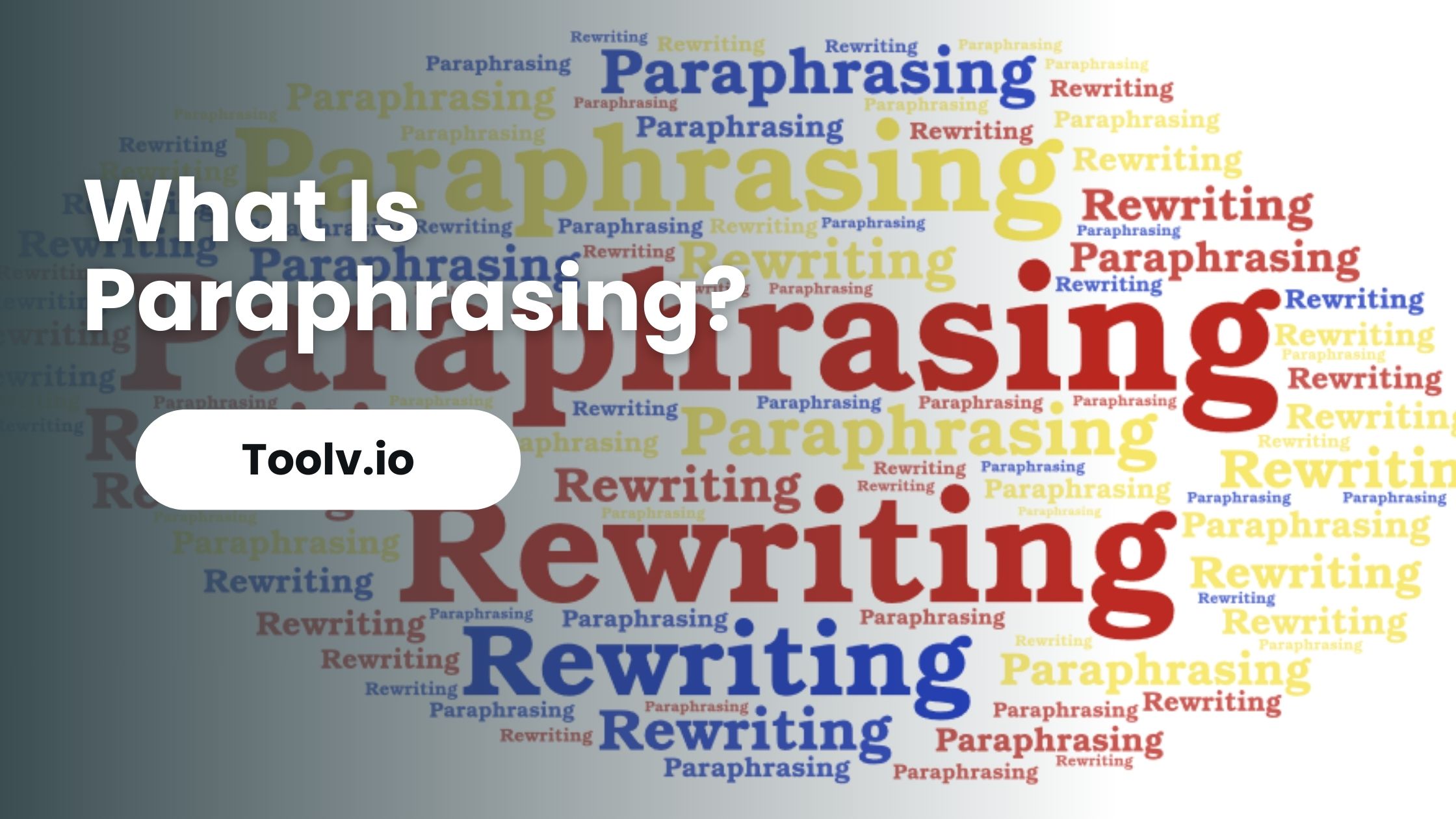Paraphrasing Vs Quoting

Paraphrasing and quoting are two important ways of sharing information. Paraphrasing means rewriting someone else’s ideas in your own words while quoting means using their exact words.
In this article, we will discuss how and when to use paraphrasing and quoting. We’ll look at examples of each and offer tips to help you choose the right method for your writing. This will make your work clear and effective.
What Is The Difference Between Quoting And Paraphrasing?
Quoting is when you use the exact words from the original source. You must put quotation marks around the words and cite the source. For example:
The author states that “paraphrasing is expressing someone else’s ideas in your own words” (Smith, 2019).
Paraphrasing is expressing someone else’s ideas in your own words. You do not use quotation marks, but you must still cite the source. For example:
Paraphrasing is expressing the ideas of the author using your own words, rather than quoting their exact words (Smith, 2019).
The key differences are:
- Quoting uses the exact words in quotation marks, paraphrasing puts the ideas into your own words.
- Quoting must have quotation marks and a citation, paraphrasing does not need quotation marks but does need a citation.
- Quoting should be used sparingly. Paraphrasing is usually better to show you understand the ideas.
So in summary, quoting involves using the exact words in quotation marks, while paraphrasing puts the ideas into your own words without quotation marks. Both require citing the original source.
How Do I Paraphrase A Quote?
Here are the steps to paraphrase a quote using the toolv.io paraphrasing tool:
1. Copy and paste the original quote into the Toolv.io paraphrasing tool text box.
2. Click the “Paraphrase” button. The tool will automatically rewrite the text into a new version.
3. Read through the paraphrased version carefully. Check that the meaning and ideas are the same as the original quote.
4. If needed, edit the paraphrased text to make sure it expresses the ideas accurately. You can tweak the wording or fix any parts that sound unnatural.
5. Change any exact words or phrases that match the original quote. The paraphrased version should be in your own words.
6. Review the final paraphrased quote to ensure it is different from the original but retains the meaning.
The paraphrasing tool is very helpful to rewrite the quote quickly into a new form. But you still need to check the output and make edits to ensure it’s truly paraphrasing the original in your own unique words.
How Are A Paraphrase And A Quotation Similar?
A paraphrase and a quotation are similar in these key ways:
1. They both present ideas from an original source. The goal is to take information from a source and restate it in a paper or essay.
2. They require citing the original source. After a paraphrase or quote, you must cite where the information came from, such as (Johnson, 2022).
3. They demonstrate an understanding of the source material. Using quotes or paraphrasing shows comprehension of the ideas.
4. They support arguments and add credibility. Quotes and paraphrases back up points with expert opinions or factual information.
5. They allow writers to incorporate research. Papers include the work of other authors through quoting and paraphrasing.
The main difference is a paraphrase puts the passage into your own words, while a quote uses the exact original phrasing. But both paraphrases and quotations introduce source material into a paper to build credibility and support.
They serve a similar purpose in writing and researching. Paraphrases and quotations are alike in that they present source information, require citations, show comprehension, lend credibility, and allow the inclusion of research.
The styles are different but the role is similar.
FAQs
What is the difference between paraphrasing and quoting?
Paraphrasing involves rewording and rephrasing the original text in your own words, often to clarify meaning or to present the information in a different context. Quoting, on the other hand, means using the exact words from the source material, enclosed in quotation marks, to convey the author’s original message or argument.
When should I paraphrase and when should I quote?
You should paraphrase when you want to simplify or clarify the source material or integrate it more seamlessly into your own writing style. Paraphrasing is also useful when the exact wording of the original text is not as important as its overall meaning.
How do I properly cite a paraphrase or a quote?
Even when paraphrasing, it’s important to credit the original source to avoid plagiarism. The citation style might vary (APA, MLA, Chicago, etc.), but generally, you need to include the author’s name and the date of publication.
Conclusion
Paraphrasing and quoting are both essential in writing, but they serve different purposes. Paraphrasing allows you to express someone else’s ideas in your own words, which can simplify complex information and show your understanding.
Quoting, on the other hand, provides exact words for emphasis or authority. For effective paraphrasing, Toolv.io‘s paraphrasing tool is helpful. It rewords text while keeping the original meaning, making your writing unique and clear.
For more information about how to convert text to speech, click our how to convert text to speech post. For free text to speech tools click on our free text to speech tool post.





